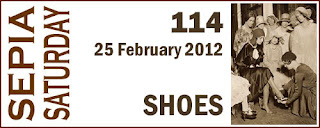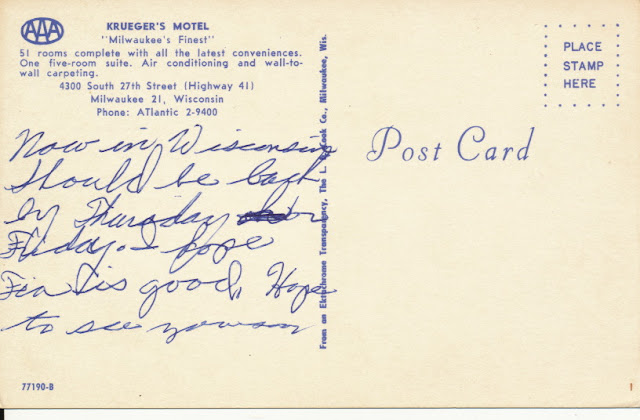Initially I was puzzled by this card because I didn't make the connection between leap year and 'taking the leap', i.e. getting married. I can't say I've heard the expression used in conversation. More often it's something about tying the knot or making an honest man/woman out of someone. In the early 1900s there were plenty of humorous postcards that pointed out the perils of marriage and courtship, mostly, though not always, presented from a man's perspective.
This one's a little odd, isn't it?
And this one's pretty unusual too.
Here's the back of that last card, sent in 1909 to Miss Verlene Hall in Sargent, Nebraska. You didn't think the card was that old, did you?
The message reads:
Made good connections in Joe 8:45 there is little difference in weather conditions here and there. The weather is gloomy and so ___ _. ha: he, he!
I am mad at that hello girl because she wouldn't let me say all my say.
X---
I think 'Hello Girls' were telephone operators.







































































